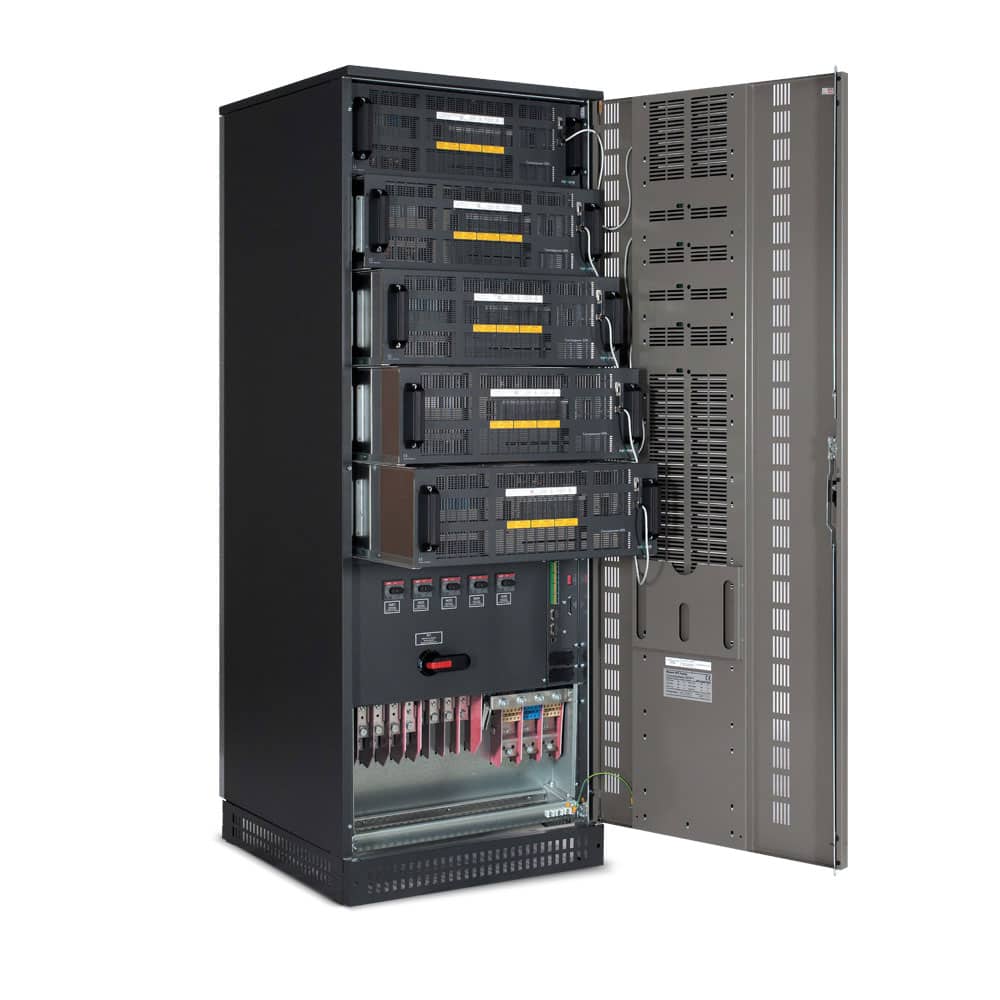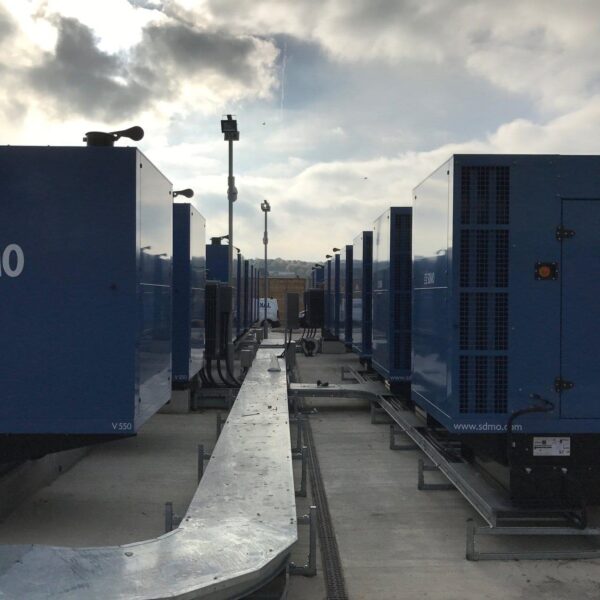UPS systems exist to supply clean power with near-perfect availability. It follows therefore that the UPSs themselves also have these levels of availability.
In this article Ian Jackson, General Manager at KOHLER Uninterruptible Power, a KOHLER company, looks at the key factors for this critical UPS characteristic – parallel redundancy, decentralised parallel architecture (DPA), and hot swap capability.
Who heals the healer? In power protection terms, this conundrum is about recognising that while UPSs are essential for protecting critical loads from power problems, their success depends on their own fitness for purpose. In other words, it’s essential to ensure that their availability remains as high as can be achieved. With the continuously increasing ubiquity of online transaction processing, IT system availability is more than ever of primary concern for operators in both data centres and user office locations, and power availability is its largest single component.
Power availability is a measure of how much time per year an IT system has acceptable power. It is also the ratio between Mean Time Between Failures (MTBF) and Mean Time To Repair (MTTR). Its value can be improved both by maximising MTBF and by minimising MTTR times – and modern UPS systems use techniques that exploit both these possibilities.
Earlier UPSs tended to used transformer-based designs, resulting in large, monolithic floor-standing units. The advent of transformerless technology allowed manufacturers to develop smaller, more modular designs, which offered several advantages. Firstly, users could specify the UPS capacity they needed far more accurately than previously; a 50 kVA load, for example, could be exactly satisfied by five 10 kVA modules connected in parallel. By contrast, if only 40 kVA systems were available, there would be an inevitable overcapacity of 30 kVA as two units would be needed. Modular design also supports future growth with equal efficiency, as modules can be added incrementally according to changing requirements.
Parallel redundancy
Another extremely important advantage of modular design is its efficient support of redundant configurations. A UPS comprising five 10 kVA modules supporting our 50 kVA load example is referred to as a capacity system. It operates without any problems, provided all five modules remain healthy and deliver full power. However, if one should fail, the other four will have to supply 12.5kVA each and would be overloaded. The load may be transferred to bypass, exposing it to raw mains power and all its potential aberrations.
To prevent this, a redundancy system can be set up, comprising at least one more module than necessary to fully support the load. This makes the system resilient to the failure of a single module – the event would be invisible to the load. In our example, six 10 kVA modules could support the load in an ‘N+1’ parallel redundant configuration. For extra security, N+2 (or more) redundant configurations can be assembled. In any case, redundant systems offer significantly improved availability compared with capacity implementations.
In the above discussion we have assumed by default that the UPS topology is ‘decentralised’ – that is, each module operates as a complete, independent unit; there are no components shared in common by all the modules. However, not all systems are actually built this way – some are available with a more centralised architecture, in which all modules connect to the load through a shared centralised static switch (CSS). The advantage is reduced costs, as the single CSS eliminates the need for each module to have its own expensive control circuitry and static switch components. The problem, though, is that the CSS represents a single point of failure, which adversely affects the system’s availability. As a result, a modular UPS with CSS does not offer true N+1 redundancy.[/vc_column_text][vc_row_inner][vc_column_inner width=”2/3″][vc_column_text]
Modular rackmounting systems
The highest possible availability is achieved by using a modern, modular rackmounting system as shown in Fig.1. Firstly, these provide true Decentralised Parallel Architecture (DPA) as each module is fully self-contained with no need for external, shared control or switching components. Additionally, many such systems offer a ‘hot swap’ capability, which also improves availability. If a module in a hot swap system fails, it can be removed and replaced with a working unit without having to put the system into maintenance bypass, or worse having to interrupt power to the load. Eliminating these requirements or having to effect repairs to equipment whilst within the UPS means that MTTR times can be reduced to minutes, compared with the repair time of hours, typically needed for monolithic systems.
As stated earlier, reducing MTTR contributes to improving availability just as significantly as increasing MTBF. Rackmount modular systems with DPA architecture, a redundant configuration and hot swap capability can nowadays achieve up to 99.9999% – often known as ‘six nines’ – availability. This is highly valued by IT system operators seeking zero downtime.





